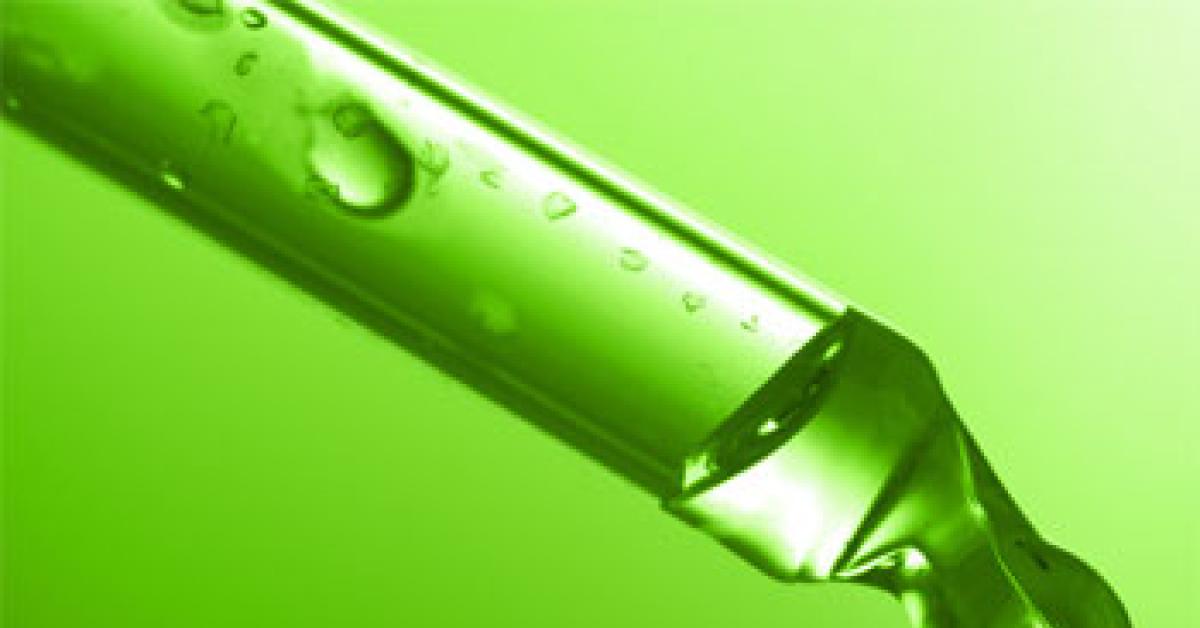CONCORD, N.C. — What do you want to happen to your drycleaning business over the next five years? Where are you right now, in relation to that goal? What will it take to get from where you are to where you want to be?
The cleaning industry is changing. It is the subject of concentrated scrutiny, due to the industry’s perceived environmental impact. It is the subject of intense criticism for the occasional appearance of gender pricing. Several companies have targeted the industry with “in home” products to replace professional cleaning services, from dry cleaning in the home dryer to a cabinet that freshens and de-wrinkles a garment. If all this makes you uncomfortable, you are not alone.
The question is simple: Can a treated fabric sheet bagged in a home dryer come close to delivering an end result that is equal to your cleaning quality?
The “me, too” cleaner has now become the equivalent of low-hanging fruit. With nothing to distinguish a cleaning operation, it will fade away, while others will prosper due to unique marketing strategies or superior garment restoration. This is where my long years reveal my bias in favor of supplemental stain removal. Marketing programs require a capital expenditure while superior garment restoration simply requires knowledge and effort.
Based on my experiences when working with various immersion solutions, there is not a lot of difference in wet-side supplemental stain removal procedures, regardless of the system being used. The most important thing is to remove the stain while at the board.
Dry the area thoroughly. If there is no trace of the stain, the garment can then be cleaned or, if post-spotting, passed up to be finished. If for some reason the garment has to be “re-run,” apply a leveling agent formulated to work with your system. If possible, allow the garment to sit for a few minutes while the leveling agent penetrates, to encapsulate any residual moisture left behind by wet-side spotting.
Redeposition remains the No. 1 cleaner error year after year. Exposing moist garments to a drycleaning system is the primary cause of redeposition. There may be a few wet-side stain-removal tools that are incompatible with one of the newer alternative systems, but I have not yet found that to be true.
Unfortunately, dry-side stain-removal tools and procedures are dependent upon the system you are using. The two predominant drycleaning systems (perc and hydrocarbon) have an established track record and a multitude of chemical tools that have been developed and refined over the years. The various alternatives that have come to market and gained traction in the cleaning industry still suffer from a comparatively small level of complementary chemistry.
Some of the older dry-side stain-removal tools are only marginally acceptable with an alternative, or contribute to the waste stream, therefore defeating the purpose of using that alternative process.
Tri-chlor 1.1.1 is a highly effective stain-removal tool, however, a small number of well-meaning elected officials have seen fit to ban it entirely. While use as an aerosol has been banned by the EPA, the use of VDS in small quantities, for stain removal, is still under consideration on the federal level.
You should question the manufacturer’s representative for any alternative process on the accepted procedures and tools recommended to properly remove stains such as latex paint, nail polish, caulking, oxidized grease, “white-out,” and meat sauce. These stains make up the majority of solvent-soluble and chemically soluble stains that cleaners face on a daily basis.
Just as some stains in the drycleaning system should be treated before cleaning (pre-spotting), some stains that are to be wet-cleaned can and should be treated before wet cleaning. It is amazing how much can be accomplished with a laundry POG, steam, and 15 seconds.
Experience will guide you to recognize that a tannin stain (red wine or mustard) will most likely not be removed in wet cleaning. Experience will guide you to recognize that a protein stain (blood or perspiration) could use some assistance in removal the first time through the wetcleaning process.
The great thing about pre-spotting a stain on the wet side is that you do not have to dry the area after flushing the stain-removal chemical with steam. Wet cleaning will flush out any remaining stain, along with any remaining spotting chemical, and will not leave a ring. But you should make it a policy to dry-clean all garments that have been spotted on the dry side.
Cleaners have always struggled with water-soluble stain removal, until recently. Knowledge and experience, combined with wetcleaning protocols, can open up opportunities to improve quality and save time and effort.
Removing large areas of water-soluble stain in a garment that already has some form of a water-based care instruction is simple and effective when using basic water treatment protocols and chemical tools. These fall into the category of fine washables and do not appear to threaten current care labeling regulations.
But, under current care labeling regulations, when you choose to use water on a “dryclean only” garment, the risk falls on the cleaner. This is true wet cleaning and is being done on a regular basis. Knowledge and confidence are required to immerse a “dryclean only” garment in water, and a signed “hold harmless” document gives a great deal of leverage in avoiding a claim.
Improving the quality of your service is never a bad investment. The boll weevil that stubbornly hangs to the top of the cotton plant dies with the first frost. The boll weevil that moves to a lower position, to take advantage of the ground’s warmth, survives the first frost to dig into the soil until spring.
Sometimes, it only requires a little change to ensure prosperity.
Have a question or comment? E-mail our editor Dave Davis at [email protected].

